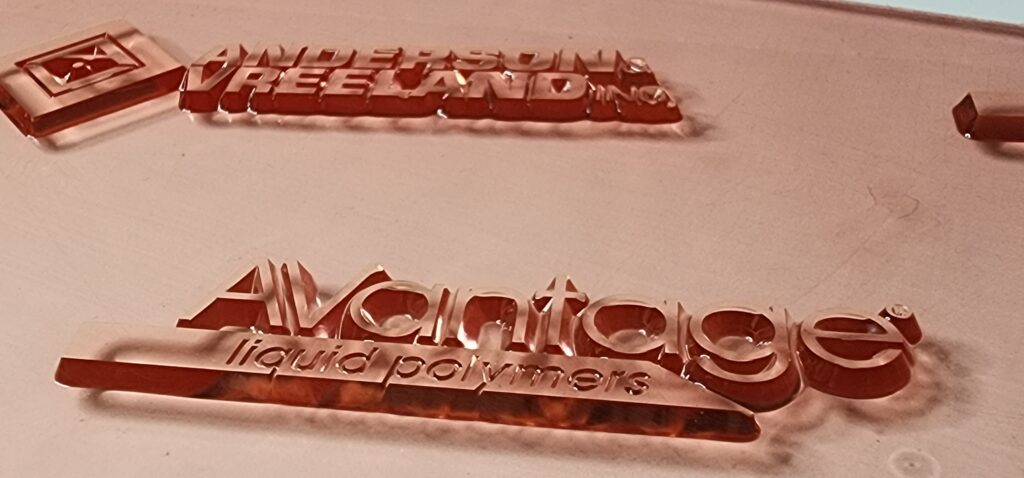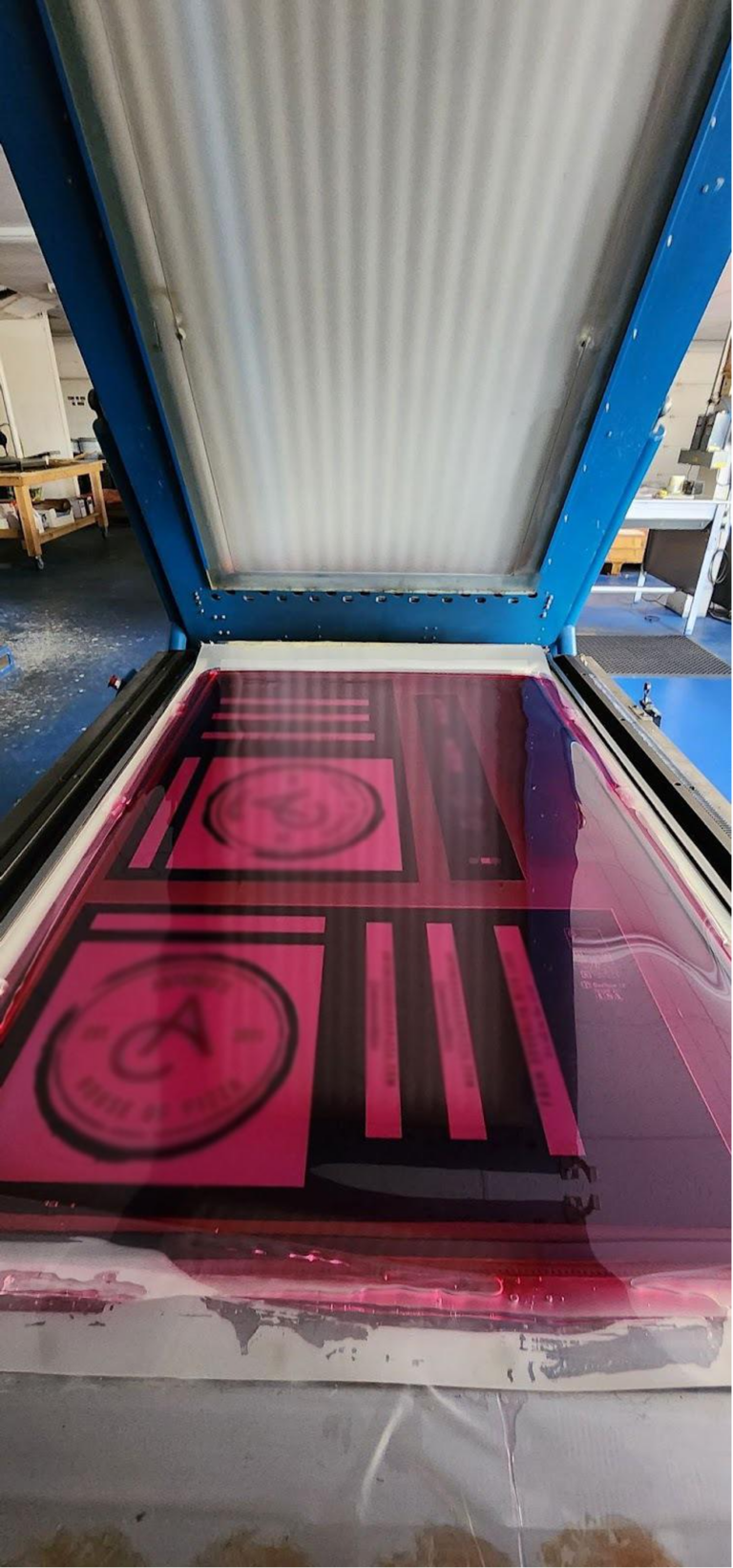Proper storage and cleaning of AVantage® liquid photopolymer plates are essential for extending plate life and maintaining the quality of flexographic printing. Plate deterioration in storage can lead to poor performance and increased production costs.
Cleaning and Storing Liquid Photopolymer Plates
To maximize plate life and ensure faster turnaround on refill orders, follow these steps for cleaning and storage of liquid photopolymer plates:
Clean Plates
Plates should be thoroughly cleaned after each press run to remove residual ink deposits that can lead to cracking and surface tack. Use a gentle detergent and water solution or a plate wash solution, along with a soft bristle brush or lint-free rags. Avoid solutions with temperatures exceeding 140°F. After cleaning, ensure that the plates are completely dry before storage to prevent deterioration of the photopolymer surface.
When a good photopolymer plate cleaning solution is needed to clean a plate of dried water-based inks while on press, the following steps are recommended. These steps can also be used after a press run to clean a plate before it is stored for future usage. This solution can be mixed in-house and used where needed.
The formula for this solution is composed of three ingredients. The first ingredient is isopropyl alcohol that will liquify the dried ink very quickly. The second ingredient is cleaning ammonia that puts the ink back into solution. The last ingredient is water which acts as the flushing vehicle for the cleanup. Rags can be used to blot up the ink being cleaned off. Do not rub the plate, it may cause plate damage.
Once the plate area has been cleaned it can be reused. If the plate is being cleaned for storage, it should be rinsed with water then dried before storage.
Cleaning Solution:
Isopropyl Alcohol (70% solution)
Industrial Ammonia Solution
Water (Clean)
Total
1 part Example: 1 oz.
2 parts Example: 2 oz.
7 parts Example: 7 oz.
10 parts Example: 10 oz.
This solution can then be put into a hand spray bottle and used to clean dirty, dried-up ink on a printing plate surface.
Safety: Protective gloves and safety glasses should be worn during all plate cleaning activities.
Light Exposure
Photopolymer plates cure in the presence of light, particularly ultraviolet (UV) light. Prolonged exposure to light sources such as direct sunlight, warehouse lights, fluorescent and incandescent light can lead to plate damage. Store cleaned plates in a cool, dry place away from any light source. When storing plates on cylinders, wrap them with an opaque material, such as black polyethylene film, to protect them from light exposure.
Temperature and Heat
Prolonged heat exposure can adversely affect a plate’s physical properties, accelerating UV light degradation and increasing the likelihood of ozone cracking, tack, and shrinkage. Store plates in a cool, dry area with a recommended temperature range of 70°F – 100°F and a relative humidity of 60-80%. While most photopolymer plates can tolerate higher storage temperatures (up to 120°F) and higher humidity (up to 90% RH), maintaining good air circulation in the storage area can help ensure consistent temperature and humidity conditions for the plates.
For pre-mounted plates, store them on a hanging rack or stand on the edge to maintain their curved position. Placing the plate back into the shipping box can offer protection from damage, as storing an in-the-round plate flat may cause it to buckle and separate from the mounting material, resulting in irreparable damage.
Proper set-up of the Feed and Bleed system on small (3048) and large (5280) systems will ensure high quality plate washouts without changing the bath every 15 plates. Bath life is not forever so the washout unit should be cleaned, recharged, and checked every two weeks to ensure the system is operating correctly.
Maximizing Flexographic Printing Performance with Liquid Photopolymer Plates
By following these recommended practices for the storage and cleaning of liquid photopolymer plates, converters can minimize plate degradation, maintain plate quality, and ultimately enhance the performance and longevity of their flexographic printing operations.
Discover the difference that top-quality products and expert support can make. Contact Anderson & Vreeland today.
Call us at (866) 282-7697


